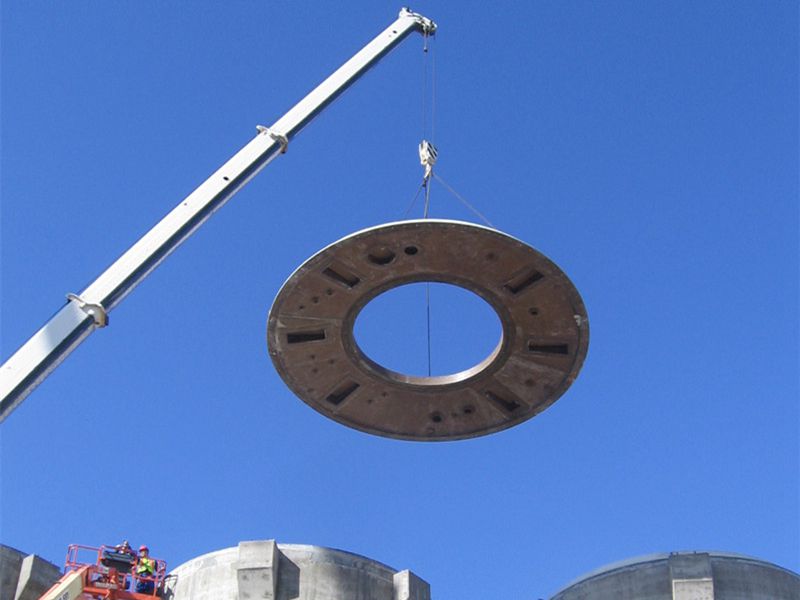
-
 Afrikaans
Afrikaans -
 Albanian
Albanian -
 Amharic
Amharic -
 Arabic
Arabic -
 Armenian
Armenian -
 Azerbaijani
Azerbaijani -
 Basque
Basque -
 Belarusian
Belarusian -
 Bengali
Bengali -
 Bosnian
Bosnian -
 Bulgarian
Bulgarian -
 Catalan
Catalan -
 Cebuano
Cebuano -
 China
China -
 China (Taiwan)
China (Taiwan) -
 Corsican
Corsican -
 Croatian
Croatian -
 Czech
Czech -
 Danish
Danish -
 Dutch
Dutch -
 English
English -
 Esperanto
Esperanto -
 Estonian
Estonian -
 Finnish
Finnish -
 French
French -
 Frisian
Frisian -
 Galician
Galician -
 Georgian
Georgian -
 German
German -
 Greek
Greek -
 Gujarati
Gujarati -
 Haitian Creole
Haitian Creole -
 hausa
hausa -
 hawaiian
hawaiian -
 Hebrew
Hebrew -
 Hindi
Hindi -
 Miao
Miao -
 Hungarian
Hungarian -
 Icelandic
Icelandic -
 igbo
igbo -
 Indonesian
Indonesian -
 irish
irish -
 Italian
Italian -
 Japanese
Japanese -
 Javanese
Javanese -
 Kannada
Kannada -
 kazakh
kazakh -
 Khmer
Khmer -
 Rwandese
Rwandese -
 Korean
Korean -
 Kurdish
Kurdish -
 Kyrgyz
Kyrgyz -
 Lao
Lao -
 Latin
Latin -
 Latvian
Latvian -
 Lithuanian
Lithuanian -
 Luxembourgish
Luxembourgish -
 Macedonian
Macedonian -
 Malgashi
Malgashi -
 Malay
Malay -
 Malayalam
Malayalam -
 Maltese
Maltese -
 Maori
Maori -
 Marathi
Marathi -
 Mongolian
Mongolian -
 Myanmar
Myanmar -
 Nepali
Nepali -
 Norwegian
Norwegian -
 Norwegian
Norwegian -
 Occitan
Occitan -
 Pashto
Pashto -
 Persian
Persian -
 Polish
Polish -
 Portuguese
Portuguese -
 Punjabi
Punjabi -
 Romanian
Romanian -
 Russian
Russian -
 Samoan
Samoan -
 Scottish Gaelic
Scottish Gaelic -
 Serbian
Serbian -
 Sesotho
Sesotho -
 Shona
Shona -
 Sindhi
Sindhi -
 Sinhala
Sinhala -
 Slovak
Slovak -
 Slovenian
Slovenian -
 Somali
Somali -
 Spanish
Spanish -
 Sundanese
Sundanese -
 Swahili
Swahili -
 Swedish
Swedish -
 Tagalog
Tagalog -
 Tajik
Tajik -
 Tamil
Tamil -
 Tatar
Tatar -
 Telugu
Telugu -
 Thai
Thai -
 Turkish
Turkish -
 Turkmen
Turkmen -
 Ukrainian
Ukrainian -
 Urdu
Urdu -
 Uighur
Uighur -
 Uzbek
Uzbek -
 Vietnamese
Vietnamese -
 Welsh
Welsh -
 Bantu
Bantu -
 Yiddish
Yiddish -
 Yoruba
Yoruba -
 Zulu
Zulu
FRP Desalination Systems for Enhanced Water Treatment and Efficient Pipeline Solutions
Efficient Water Treatment The Role of FRP Desalination Pipes and Fittings
Water scarcity is becoming an increasingly pressing issue across the globe, driven by factors such as climate change, population growth, and industrialization. As a result, innovative solutions are necessary to ensure a sustainable water supply. One such solution is the use of Fiber Reinforced Polymer (FRP) pipes and fittings in desalination processes. This technology offers numerous advantages, particularly in enhancing the efficiency of water treatment systems.
Understanding FRP Materials
Fiber Reinforced Polymer is a composite material made from a polymer matrix reinforced by fibers. The most common fibers used are glass, carbon, and aramid. FRP is known for its high strength-to-weight ratio, corrosion resistance, and durability. These properties make it an ideal choice for water treatment applications, particularly in the harsh environments encountered in desalination plants.
Advantages of FRP Pipes and Fittings
1. Corrosion Resistance Traditional materials such as steel and concrete are susceptible to corrosion when exposed to saline water. FRP pipes and fittings resist corrosion, significantly extending their lifespan and reducing maintenance costs. This durability is crucial in desalination facilities where saltwater is continuously processed.
2. Lightweight and High Strength The lightweight nature of FRP materials facilitates easier installation and reduces transportation costs. Despite being lightweight, these pipes exhibit exceptional strength, allowing for efficient handling and lower structural support requirements.
frp desalination pipes and fittings for efficient water treatment

3. Thermal Insulation FRP materials have excellent thermal insulation properties, which can reduce energy costs associated with the heating or cooling of water during treatment processes. This is particularly beneficial in regions where desalination plants are subjected to fluctuating temperatures.
4. Design Flexibility FRP can be molded into various shapes and sizes, allowing for customized solutions tailored to specific system requirements. The flexibility in design enables the creation of complex piping arrangements that can optimize flow dynamics in desalination systems.
Implications for Water Treatment Efficiency
The integration of FRP pipes and fittings into desalination processes can lead to improved efficiency in several ways. Firstly, their corrosion resistance contributes to longer operational lifespans, which translates to lower replacement frequency and reduced downtime. Additionally, the lightweight properties facilitate faster installation, enabling desalination plants to be set up more rapidly to meet urgent water demands.
Secondly, the thermal insulation properties of FRP can result in lower energy consumption during the desalination process. Energy costs are a significant portion of the operational expenses for desalination facilities, and any reduction in energy usage directly contributes to overall system efficiency and cost-effectiveness.
Conclusion
As the world grapples with the challenge of water scarcity, the adoption of advanced technologies is essential to address this critical issue. Fiber Reinforced Polymer pipes and fittings represent a significant advancement in desalination technology, offering numerous benefits that enhance the efficiency of water treatment systems. Their corrosion resistance, lightweight nature, and design flexibility make them an ideal choice for modern desalination facilities. By leveraging the advantages of FRP materials, we can improve water treatment processes and work towards a more sustainable and reliable water supply for future generations.
Latest news
-
Exploring the Benefits of Top Hammer Drifter Rods for Enhanced Drilling PerformanceNewsJun.10,2025
-
High-Precision Fiberglass Winding Machine for GRP/FRP Pipe Production – Reliable & Efficient SolutionsNewsJun.10,2025
-
FRP Pipes & Fittings for Shipbuilding - Corrosion-Resistant & LightweightNewsJun.09,2025
-
Premium FRP Flooring Solutions Durable & Slip-ResistantNewsJun.09,2025
-
Premium Fiberglass Rectangular Tanks Durable & Lightweight SolutionNewsJun.09,2025
-
Tapered Drill String Design Guide Durable Performance & UsesNewsJun.09,2025









